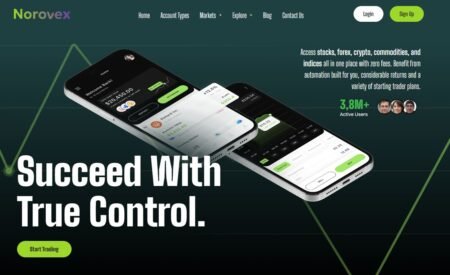As businesses evolve to embrace a hybrid work model – combining in-office and remote work – effective communication becomes both more complex and more vital. Traditional communication strategies are no longer enough.

Organizations must now adapt their models to ensure that every employee, regardless of location, remains connected, informed, and empowered to contribute. Here’s how modern communication models are transforming to meet the needs of a hybrid workforce.
Rethinking the Foundations of Workplace Communication
In the past, communication in the workplace was often built around physical presence. Impromptu meetings, face-to-face updates, and watercooler chats filled the gaps between formal meetings and emails. However, in a hybrid environment, proximity can no longer be the glue holding teams together.
Businesses must now deliberately design communication flows that are inclusive of both remote and in-person employees. This means balancing synchronous tools like video conferencing and instant messaging with asynchronous options such as recorded updates and collaborative documents. The goal is not just to enable communication but to ensure that no one is left out of important conversations due to location.
Leveraging Technology for Seamless Connectivity
Technology is the backbone of hybrid communication. Tools like Zoom, Microsoft Teams, and Slack have become standard, but the conversation is shifting beyond software. Hardware and infrastructure—such as stable internet, quality microphones, and ergonomic setups—also play a role in effective communication.
Moreover, businesses are adopting cloud-based communication platforms that integrate various channels into a single interface. This makes it easier to switch between calls, messages, and video chats without losing context or momentum. For instance, being able to redirect a landline to mobile number ensures that employees remain reachable wherever they are working, without requiring separate systems or compromising on professionalism.
Encouraging Communication Equity
One of the biggest challenges in hybrid communication is ensuring equity. In-person employees may naturally receive more informal updates and have better access to leadership. Remote workers might miss out on subtle cues, quick conversations, or last-minute decisions made in person.
To counter this, companies are adopting practices that prioritize documentation and transparency. Meeting notes are shared in real time, video calls are recorded and archived, and decision-making processes are outlined clearly for all to see. Some businesses even go further by instituting a “remote-first” communication policy, where all conversations default to online channels to maintain a level playing field.
Creating Human Connection in a Digital Landscape
Workplace communication isn’t just about efficiency—it’s also about building relationships. In hybrid teams, fostering human connection requires creativity. Regular virtual check-ins, social chats, and team-building activities help maintain morale and a sense of belonging.
Leaders play a crucial role here. Their ability to communicate with clarity, empathy, and consistency sets the tone for how teams interact. In a hybrid setting, leadership communication must be proactive and intentional, offering guidance and support through varied channels to keep everyone aligned and motivated.
Measuring and Evolving Communication Strategies
The hybrid model is still relatively new for many organizations, so it’s important to continuously assess how well communication models are working. Employee feedback, engagement metrics, and performance indicators all provide insight into communication effectiveness.
Businesses that thrive in a hybrid environment treat communication as a living system—one that evolves with new tools, team structures, and cultural shifts. Regular audits and willingness to adapt are essential to ensuring that communication remains effective and inclusive.
Conclusion
As the hybrid workforce becomes a permanent fixture of modern business, communication strategies must evolve accordingly. From adopting flexible technologies to prioritizing equity and human connection, the way organizations communicate will define their ability to succeed. Redirecting a landline to mobile number may seem like a small change, but it symbolizes a broader shift toward accessibility and adaptability—values that are at the core of the hybrid work revolution.







